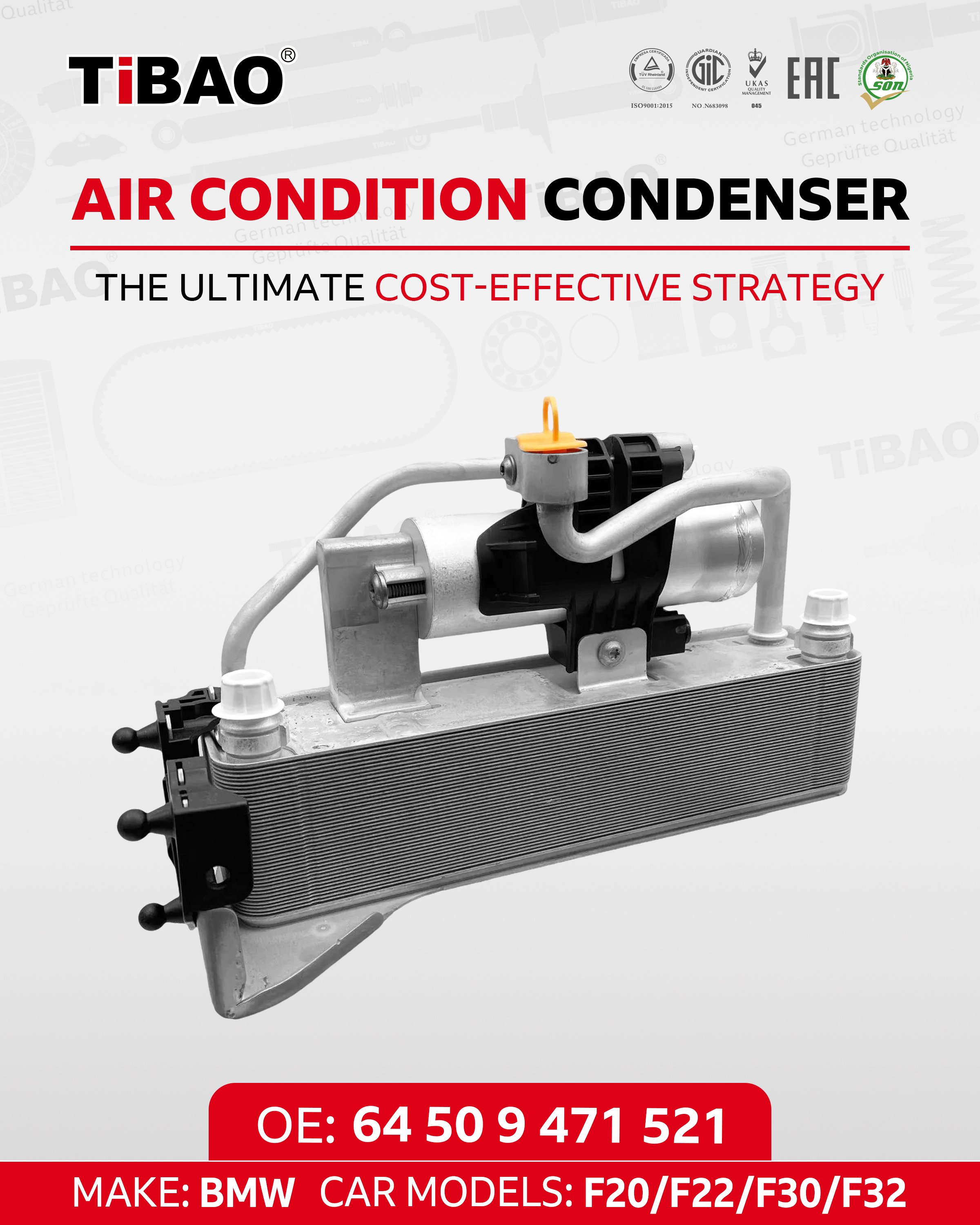When selecting BMW OEM aftermarket parts for different model years, it’s crucial to ensure compatibility, performance, and safety. Here are key considerations: Bmw Catalog

Bmw Car Parts: Match the Model and Year
BMW models and production years often involve different chassis codes (e.g., F30, G20) and part numbers. Verify:
- Specific model (e.g., 3 Series, 5 Series, X Series).
- Chassis code (can be identified using the VIN).
- Production year (even within the same chassis, parts can vary by year).
Bmw Performance Parts: Commonly Confused Parts
Some parts, even for the same chassis code, may vary based on engine type, configuration, or region. Key examples include:
- Brake System: Brake disc and pad dimensions/materials differ depending on engine performance.
- Suspension: M Sport suspension and standard suspension have distinct shock absorbers and springs.
- Engine Components: Spark plugs, oil filters, and air filters depend on the engine variant.
- Electronic Parts: Sensors and ECU modules must match the specific software and hardware.
Updated and Superseded Parts
BMW often upgrades or replaces parts for older models. Examples:
- Plastic components in early models may be replaced with more durable metal or composite materials.
- Check for supersession numbers to ensure you’re purchasing the latest version.
Special Tools and Installation
Certain BMW parts require specialized tools or professional installation, such as:
- Electronic modules, which may need programming or coding (e.g., batteries or comfort access systems).
- Complex parts like suspension and steering systems, which must be installed to precise specifications for safety and performance.
Summary
When purchasing and installing BMW OEM aftermarket parts, ensure accurate vehicle matching, choose trusted brands, and pay attention to installation details.